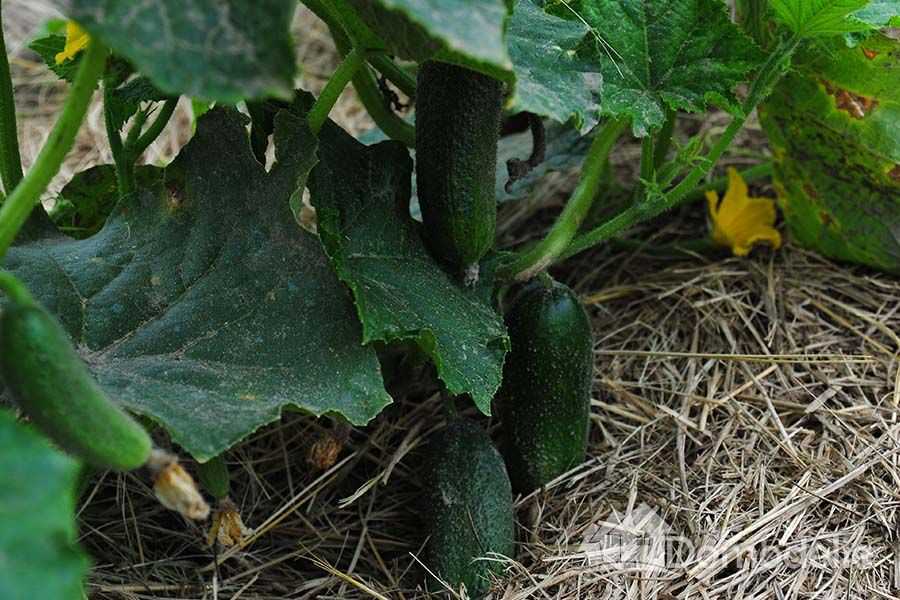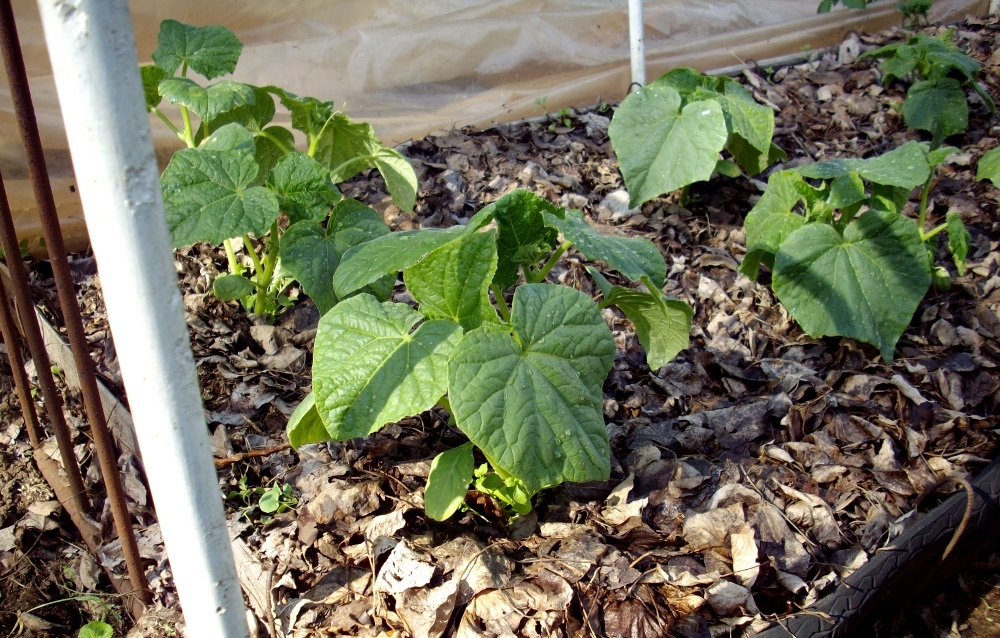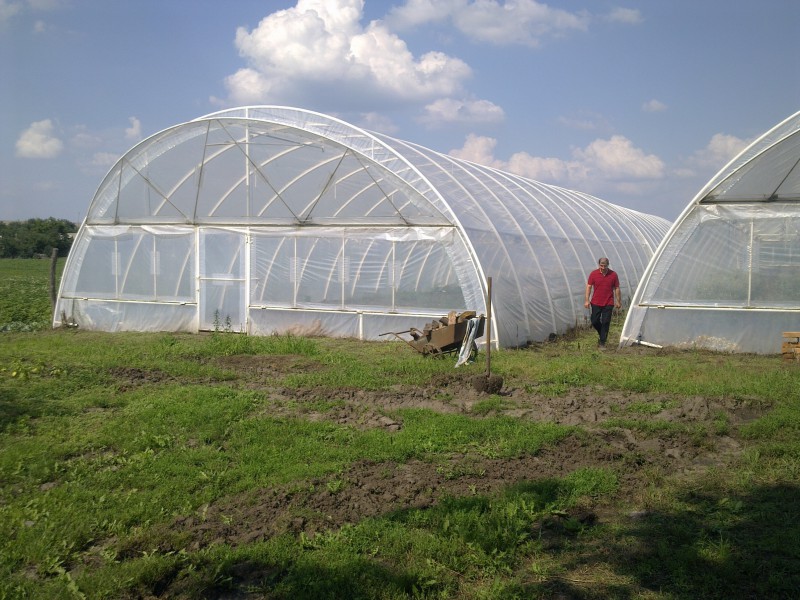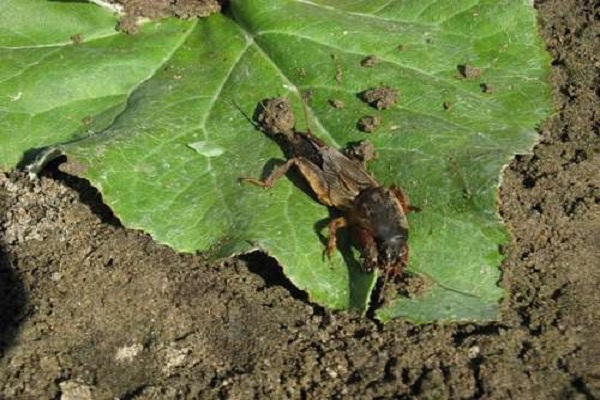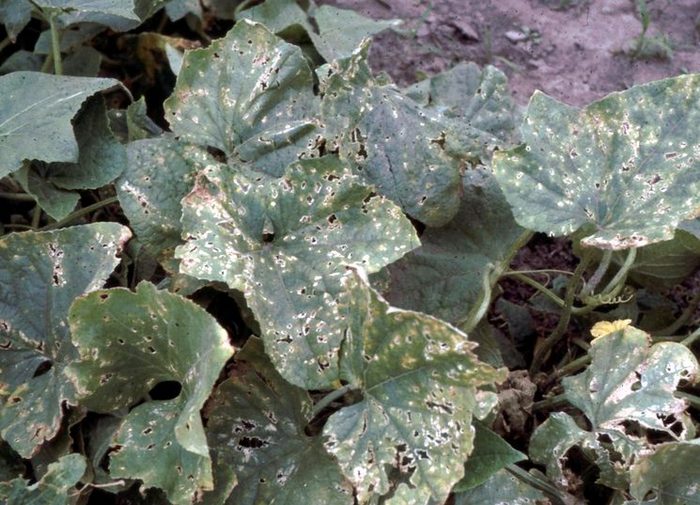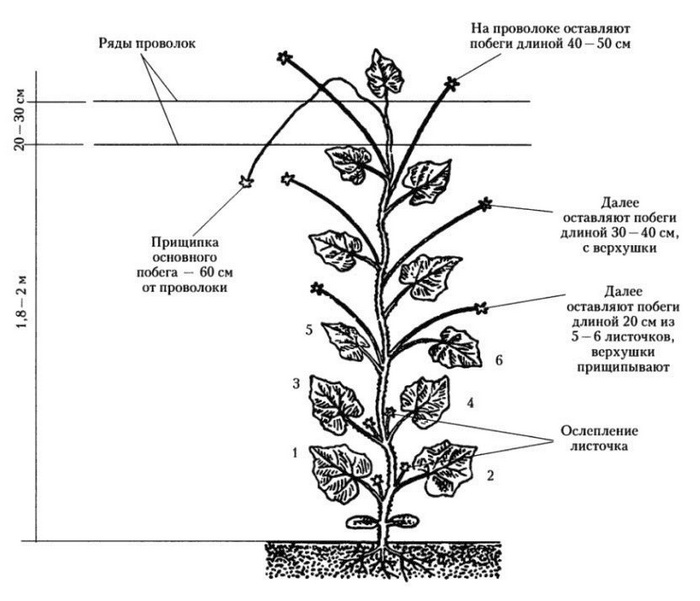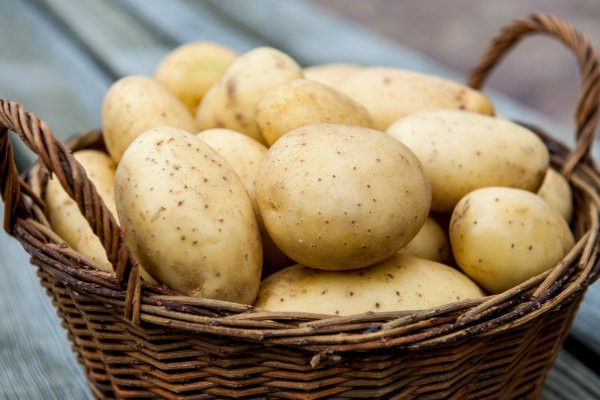Content:
According to agrotechnical standards, mulching cucumbers in a greenhouse is not considered a mandatory procedure, but it has many advantages. There is no need for regular weeding of plots, since they will often no longer overgrow with weeds, besides, moisture evaporates much faster from unmulched soil, and constant watering can cause diseases, rotting of the root system of seedlings, hardening and covering with a dry crust of the upper soil layer.
What is cucumber mulching
Mulching is a cucumber care procedure that allows you to increase yields and improve soil quality. Mulch - covering the top layer of the earth with an organic compound of rotten leaves, straw up to 6 cm in thickness. It helps:
- improve soil quality;
- perform protective functions against drying out of the internal soil;
- facilitate the care of plants in the future.
The main purposes of mulching:
- multiple reduction in the growth of weeds, evaporation of moisture from the soil;
- the creation of shading in the aisles that can interfere with the growth of weeds;
- reduction of water consumption for irrigation and the incidence of morbidity in cucumbers due to minimization of the total air humidity in the greenhouse;
- providing a beneficial effect on the root system of seedlings;
- minimizing the risk of soil overheating on hot days;
- retention of moisture in the soil, maintaining the looseness of the topsoil, preventing the appearance of a crust on the surface;
- equipping shallow roots with a sufficient amount of oxygen, nutrients;
- facilitating tasks for gardeners, because cucumbers will have to be weeded much less often;
- prevention of exposure of the roots of cucumber plants;
- creating a more comfortable temperature regime for the growth and development of seedlings;
- protection of greenhouse soil from freezing with the preservation of useful microflora in the autumn period of the year.
Also, mulch will prevent the leaching of mineral fertilizers from the soil, improve oxygen penetration to the root system, and prevent cucumbers from rancidity and rotting on bushes.
Mulching stages
Depending on the option of planting cucumbers: in a greenhouse, greenhouse or open ground, there are certain methods of mulching:
- solid with a cover of plantings with a continuous layer of mulch;
- ordinary - the best way with widespread use and mulching directly rows of cucumbers;
- a nesting version with the production of mulch around the circumference of the plants, which provides a good fight against weeds, although the soil is no longer saved from moisture evaporation.
It is important to observe, correctly carry out the stages of mulching cucumbers in order to avoid harming the seedlings and the soil instead of the intended benefit. It is advisable to plant seedlings between rows, leaving wide paths:
- Remove weeds from the treated surface and the old layer of mulch, if left on the beds since winter.
- Let the site dry.
- Water the ground, apply fertilizers.
- Loosen the soil up to 12cm deep.
- Lay an even layer of dense mulch material (no more than 5 cm in thickness) around the circumference of the stem, without compacting near the roots and leaving an open area near the sprouts so that there is no rapid decay.
- At the end of the season, the old layer of mulch should turn into humus. If there is not rotted compost left, then it is advisable to burn it, since pests can be colonized.
You can not strongly root the seedlings of cucumbers when using mulch from hay, straw, peat due to a possible infection with a black leg, which will be difficult to get rid of later. Better to use needles, sawdust, straw, fallen leaves.
Selection of raw materials for mulching
When choosing organic raw materials, you need to take into account the composition of the earth, and also understand: the better to mulch cucumbers in the greenhouse, whether it is worth equipping with fertilizers or the soil is quite fertile, does not need subcrusting.
The best ingredients for mulching greenhouse cucumbers:
- tree bark;
- seed husks;
- needles;
- reed;
- straw;
- rotten sawdust;
- cake;
- pine bark;
- eggshell;
- fallen dry leaves.
Many beginners do not know how to mulch cucumbers outdoors. Straw is an excellent ingredient in urea formulations and can significantly improve mulch quality. If sawdust is used, it is recommended to combine it with nitrogenous fertilizers.
Often, summer residents care about the appearance of the beds, so you can buy decorative wood chips with different colors and multiple uses. The tapestry will become a decoration of the garden if you mulch with chips (layer thickness - 5-6 cm) the paths between the rows of cucumbers. The main thing is to observe dosages and proportions.
Cucumbers are a thermophilic culture and are planted in a greenhouse early, therefore, the film is irreplaceable inorganic for growing seedlings. Most often, gardeners cover seedlings with transparent polyethylene, which creates the necessary greenhouse effect for the quick emergence of sown seeds in the greenhouse. But it is undesirable to use fresh grass for mulch due to the possible appearance of slugs and the formation of rot on the seedlings.
Experienced gardening tips
Experts give advice and explain: how can cucumbers be mulched, how to carry out the procedure correctly:
- It is advisable to start mulching the ground in the greenhouse in early summer, after the soil has thoroughly warmed up.
- Non-woven fabric or black foil with cut-out types of cruciform holes should be used for greenhouse rows covered with inorganic material.
- Mulch exclusively loosened, weed-free soil.
- Do not allow the touch of the mulch for cucumbers with a root (near-stem) part, so that a black leg does not occur.
- Throughout the summer season, it is worthwhile to add a mulching layer in a timely manner in order to increase the fertility of the soil, improve the qualities of the natural composition of the greenhouse soil.
- Mulch creates optimal conditions for ventilation of the surface layer of the earth, equips the soil with trace elements and minerals, retains moisture, but does not allow excess water to stagnate.
- Fallen leaves can only be used in hot weather to protect the soil from temperature changes. In the rain, the foliage quickly rots and can provoke the development of a black leg, gray rot in cucumbers.
- It is not recommended to use pure manure for cucumbers, becausecan burn the root system of seedlings in the heat. Best combined with straw (1 × 1) or applied in cold climates, rainy summers.
- A good mulch for cucumbers is a mixture of fern, yarrow, nettle, green manure with nitrogen and trace elements.
- Do not leave mulch on the beds throughout the year. The soil needs to be given rest, for which the remaining layer of mulch should be removed in autumn. As the harvest progresses and in spring, as the soil warms up, it is advisable to mulch the cucumbers again in the open field.
- If using inorganic mulch, the preferred option for cucumbers is film. Paper and cardboard will quickly damp and rot.
- Any color of plastic wrap for cucumbers can be used, although it is better transparent so that the seedlings are visually visible. After pecking the seeds of cucumbers, you can make cuts in the film over each sprout and not remove the covering material until autumn. Some summer residents use black perforated film. But it greatly overheats the soil in the heat. If there is nothing to replace, then it is advisable to lay white material on top of black.
- It is possible to introduce organic matter for the first time with the appearance of cucumber seedlings in the greenhouse. Throughout the season, as the layer subsides, add a little new mulch.
- Mulch should be laid out on loosened soil and free from weeds. Usually organic matter is completely processed closer to autumn, therefore, when re-growing cucumbers (2 times in 1 season), the layer of mulch should be left intact. If the first signs of cucumber diseases appear, then the top layer of mulch must be removed immediately so that the root system does not become infected.
- You can also stock up on mulch in advance: mow the grass, spread the freshly cut grass to dry completely.
Cucumbers are an annual vegetable crop. Mulching is important because it increases the activity of beneficial bacteria and earthworms in the soil. This is not a difficult but responsible process. If you spend it on time, then the plants will certainly thank you with a good harvest in the end.
